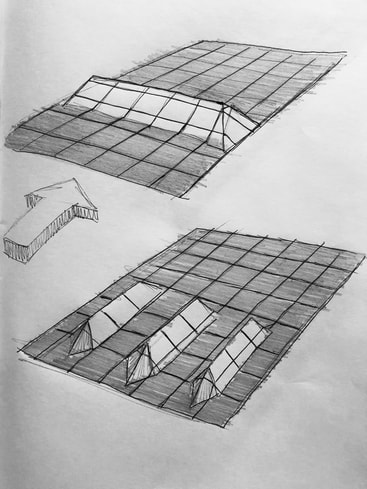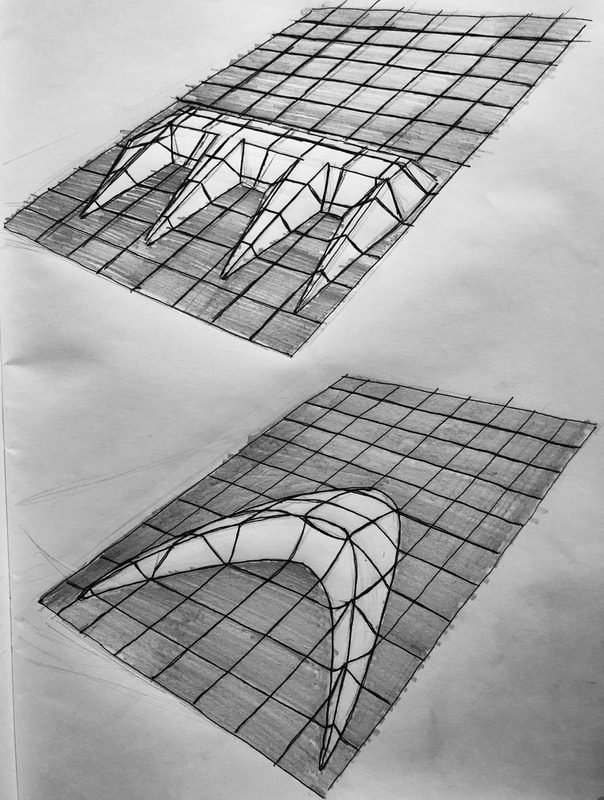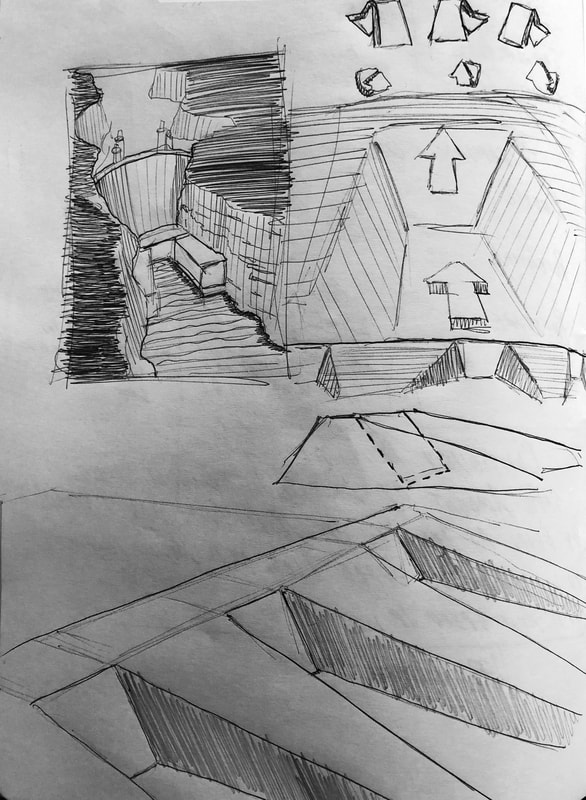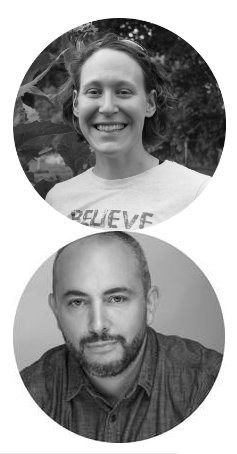|
Lauren This has been a busy week for me, as I’ve been travelling for work. But I managed to find some time to work on our awesome SciArt collaboration. Ken and I talked about trying to make a plan for moving forward after this residency, as both of us are really excited to try to make this project a reality. We talked a lot about how we are going to have to get funding from various sources. And one huge part of that is being able to talk about the importance of the project clearly and succinctly. My challenge for the last week was to work on our “message statement”. To do this, I gave myself 10 minutes to free-write message statements that sum up our project in 1-3 sentences. Here are some of my statements. We are combining art and science to create a unique program that will improve empty lots in St Louis. This project layers scientific questions about habitat conservation, with artistic design, with community development to create a system of improved empty urban lots. We are transforming abandoned urban lots in St Louis using both science and art to create native prairie habitat. These lots will contribute to increasing native biodiversity for plants, pollinators, and other beneficial insects in an urban setting. Additionally, these parks will improve the quality of life for the local citizens as they will provide an outlet for enjoying the arts in public spaces. Through an idea that arose through the SciArt collaboration residency between scientists and artists, Ken and I are interested in creating native plant restorations in abandoned lots in St Louis. These lots will benefit the city by reducing stormwater runoff via improved soil and the deep roots of the native plants. These improved lots will also provide an outlet for citizens to engage in both science and art in a local, public place. We propose to explore the intersection of ecology and art by converting a series of abandoned lots into native prairie plantings that are both artistically designed, and help solve ecological problems. Our design will modify the natural environment to examine how these processes influence the erosion of the images we create using prairie plants. Concurrently, we will test how these environmental changes alter species biodiversity and native pollinator abundances. These message statements are just a start to figuring out how to succinctly talk about our project. Each statement has a slightly different tone and intended audience, so we will have to brainstorm more of these depending on who we are addressing at any time. However thinking about how to clearly state why our project is so exciting is an important part to getting funding to make this project a reality. Blogged while listening to Sufjan Stevens  Grid Land Forms Grid Land Forms Ken Our last conversation, Lauren and I settled onto our restocking urban lots with Prairie grass/ plants while using a variable of land form to investigate turbulence and seed dispersal. We know we will have need of several lots for control and variable. The variable will investigate landscape form and the creation of wind turbulence and this effect on seed dispersal. While talking, Lauren mentioned the ability to get the seed into an up draft to attain more altitude and then possibly, more distance. This caused me to focus more on the landscape form that disrupts the laminar flow (steady, straight wind passage.) Quickly researching some forms from wind tunnels and nature, I came to see that two elements play an important role. One is the degree of the slope incline (steep or shallow) which is necessary to disrupt normal Laminar flow (think of wind crashing into a wall and tumbling over.) The second being the volatile speed of wind as it increases or decreases according to this encountered structure. A tightening of the opening through which wind flows will increase the speed of this portion of the wind, a broad passage slows it down. One interesting reference was the Hoover dam and its incredible updraft- as wind moves from downstream along a narrowing gorge it is then forced up the face of the dam. Using that as one sort of inspiration I begin sketching different forms that will affect the movement of wind. Some simple, others more complex. Some were designed to create a barrier tumble element, another to increase speed, the later sketches were a hybrid of those two elements. Some consideration needs to be given to the placement of the plants and their inherent needs- landscape level, exposure to sunlight, etc, as well as a general approximation of natural forms. Obviously, it is a beginning of turbulent form investigation but it is really interesting and has me very excited. Additionally, Lauren and I have decided that we want to see this project happen will use the remainder of our residency time to put together this project as a proposal and begin to look for funding and suitable venues. While our collaboration began with this residency, it is very exciting to think it will continue well beyond. This past week was more of a thinking process about our second potential idea. This idea being
an urban lot that was planted with careful arrangement of specie/ color to create a specific design. The subsequent study for Lauren would involve the migration of these plants into neighboring vicinity of the design. This migration would invariably lead to the erosion of the design and its eventual disappearance. This portion of slow erosion and disappearance would be the art. I find the concept of image entropy extremely interesting- having the process of erosion be the art. While art is often seen as an intentional organization of elements the slow slide to the opposite could be as well. There is a freedom in letting go of the control in a process and allowing a spotlight for nature and its workings. This happens all around every day- a constant erosion of our architecture, our roads, fallen trees, seaside cliffs, etc. While we normally combat this process in our communities it is part of the larger earth cycle. In this particular case, we would be employing prairie plants as our vehicle of erosion- a living community that would be reclaiming a man- made space and design. How this process unfolds is much like generation loss. Normally applied to digital files where a file is repeatedly saved/ compressed with inherent subtle variation each time degrading the file over many reproductions. Eventually, through these accumulated variations, the original image is degraded and unrecognizable. In our particular project, this erosion plays out through generations of offspring of plants that migrate from their starting position. These subtle variations in spatial location gradually cascade up to noticeable effect in the design until an equilibrium is found and a neutral point of entropy is achieved. (Entropy as I understand it is not solely a direction to disorder but a direction to utter neutrality or where eventually nothing happens.) Lauren has been coaching me in understanding how plant communities move- through corridors, pull invaders or push invaders, etc. This discrete arrangement would allow her a chance to do a long term study of these movements. I think the actual documentation of the project could assist in that capacity. As it would be beneficial to have overhead images (drone?) to document the dual processes of image erosion and the migration on a large scale. There could be a time lapse video of both these processes at work compressing what would normally be too long a period of time to perceive changes.
0 Comments
Leave a Reply. |




